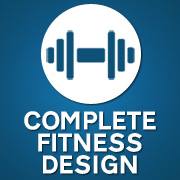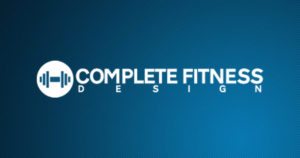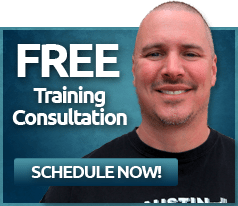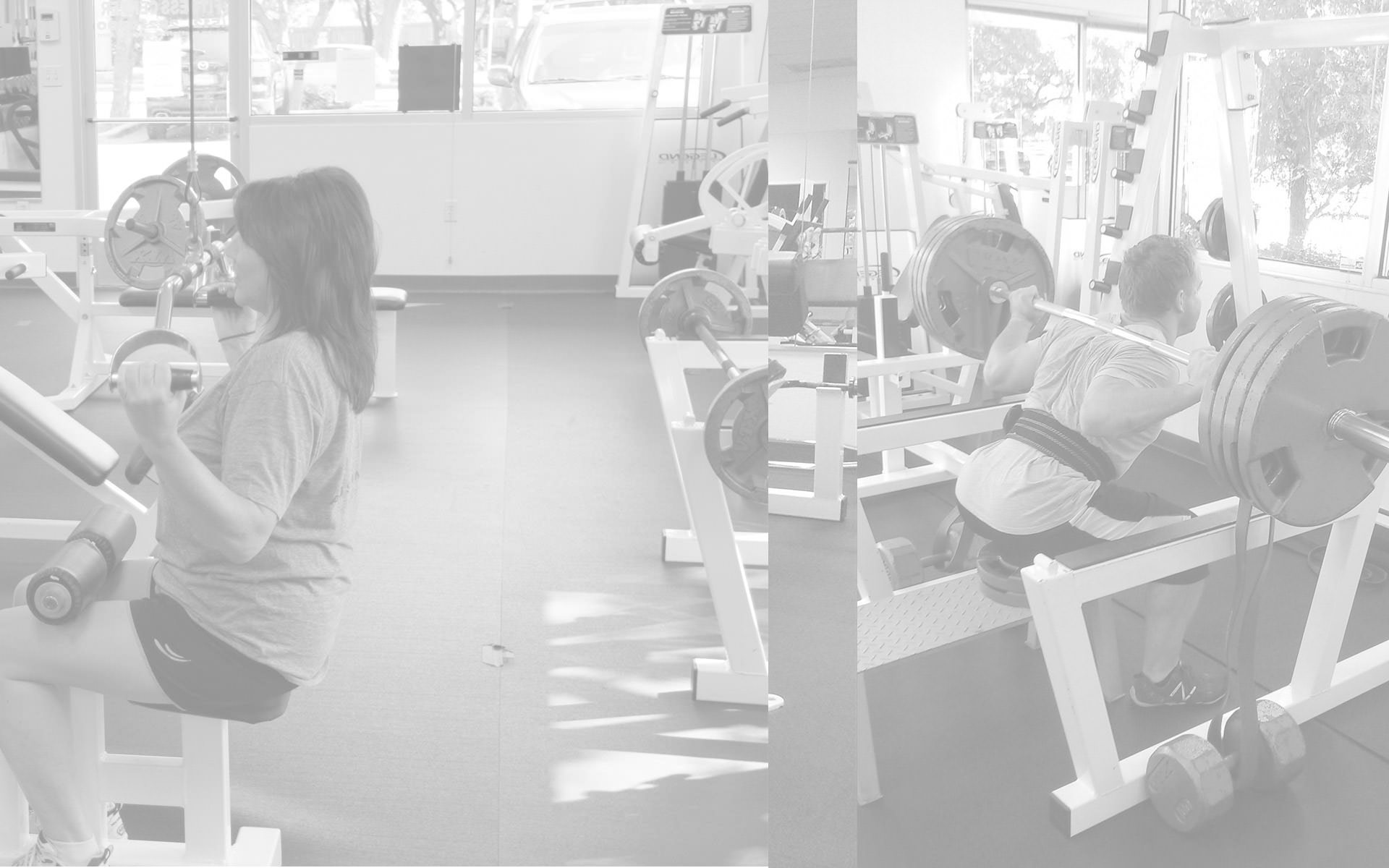
-
- Workout Motivation: How To Get Motivated To Work Out - March 9, 2022
- Body Fat Types: Subcutaneous and Visceral Fats - June 1, 2019
- Why Diets Work If You Stick With Them - April 1, 2019
Andy isn’t like other trainers. He stays current with the latest research, is respectful and friendly, and really personalizes each work out to each client.
Bone Density Level and Exercise
As women in particular get older, their bone density levels tend to decrease over time. The average in fact is a loss of .5% every year after 50 years of age. Some people have more of a natural predisposition towards osteoporosis than others such as smaller boned Asian and Caucasian women, though at some point, genetics aside, virtually everyone will see a decrease in bone density.
Osteopenia is the precursor to osteoporosis and is usually seen in people over 50 years of age. This simply means a lower bone density level as compared to full out osteoporosis. Bone mineral density is the standard measurement which differentiates between osteoporosis and osteopenia. One of the reasons we can lose bone density is from a deficiency of Magnesium, Calcium, Vitamin D, as well as a few other vitamins and minerals. Women tend to be more at risk of bone density loss than men because they typically have less bone mass than men and it’s very common for them to lose increasingly more of that density post menopause.
Other than being sure to take in the aforementioned vitamins and minerals at the recommended daily levels, it’s long been known that exercise can play a vital part in staving off bone loss. Everything from weight bearing exercises in a gym to walking and light jogging can play an integral role in the reduction of bone loss.
As long as I’ve been an Austin personal trainer, I’ve seen countless older folks join my gym per doctor’s orders and set out to increase their bone density. It’s a daunting task initially, especially if you’ve never set foot in a gym but that’s where personal training comes in. It’s well documented that the spine and the hips are the 2 areas most affected by osteoporosis so it’s naturally very important to target these areas and to do so safely.
The exercises you would employ would be dictated by the imbalances, tightness’, and weakness’ to those affected areas as well as through the shoulders, pectorals, etc. Generally speaking, however, a great deal of focus should be placed on hip flexor muscles known as the psoas. These attach to both the front and the back of the pelvis thus when worked offer increased bone density in both areas. An example of an exercise for the psoas muscles would be to sit on a chair and one at a time, lift your knee up towards your chest. As you get more comfortable with the motion and are in need of a greater challenge, hold some small dumbbells on your knees and do the exercise. The greater resistance will contribute to more muscle being built and thus a greater increase in bone density.
While calcium loss in the bone and the subsequent weakening and falling density level of the bones can’t entirely be avoided, with proper nutrition and exercise, it can be greatly reduced so as to ensure a healthier and better quality of life.
Ready to Get Started?
The following two tabs change content below.
Andy
Owner at Complete Fitness DesignMy name is Andy Bruchey and I founded Complete Fitness Design over 20 years ago. I specialize in weight loss/gain, including the addition of quality, lean muscle mass, corrective flexibility, post injury rehabilitation, nutrition and sports specific training.
Latest posts by Andy (see all)
Summary Article NameCombating Low Bone Density: Bone Density Level & ExerciseDescriptionCombating low bone density is something many people struggle with. Austin personal trainer Andy Bruchey offers hos advice on how to go about doing that.AuthorAndy BrucheyPublisher NameAndy Bruchey- Complete Fitness DesignPublisher Logo
Article NameCombating Low Bone Density: Bone Density Level & ExerciseDescriptionCombating low bone density is something many people struggle with. Austin personal trainer Andy Bruchey offers hos advice on how to go about doing that.AuthorAndy BrucheyPublisher NameAndy Bruchey- Complete Fitness DesignPublisher Logo
512-484-2270



